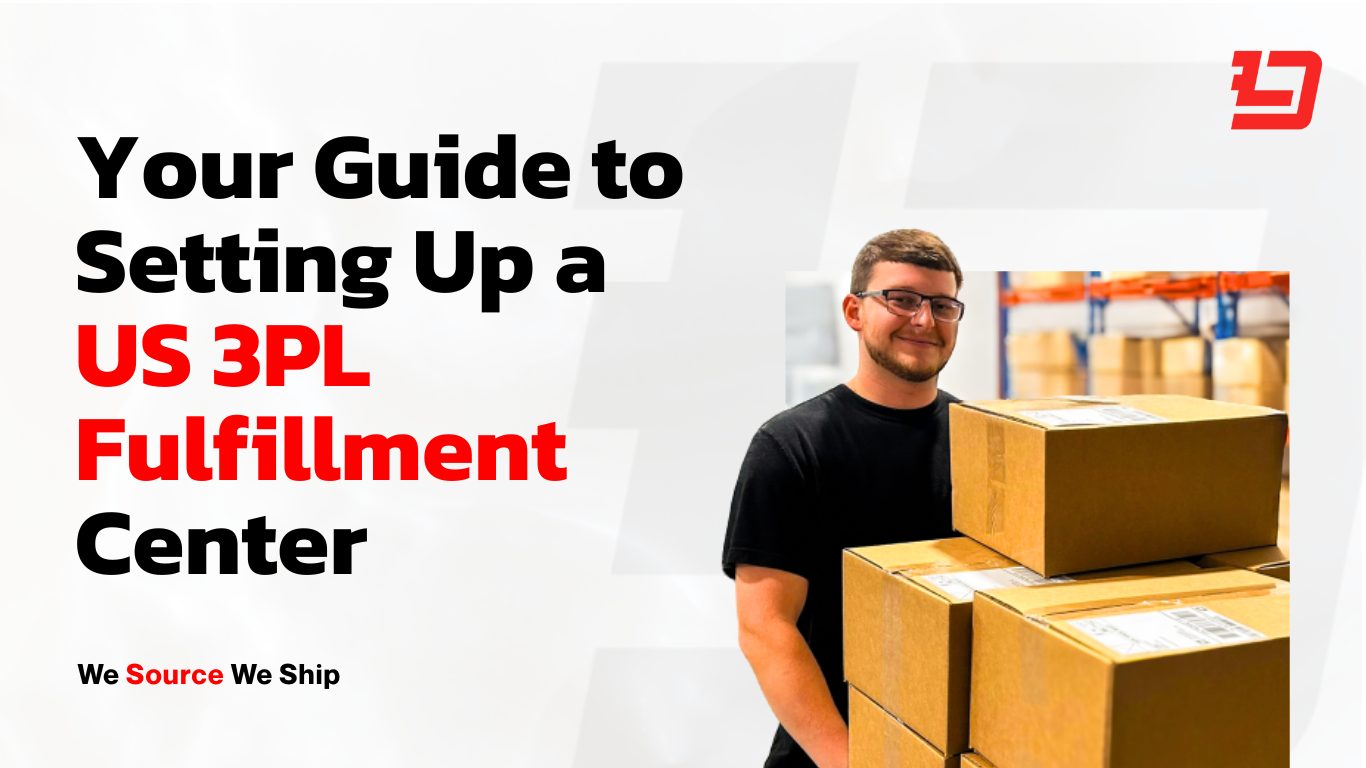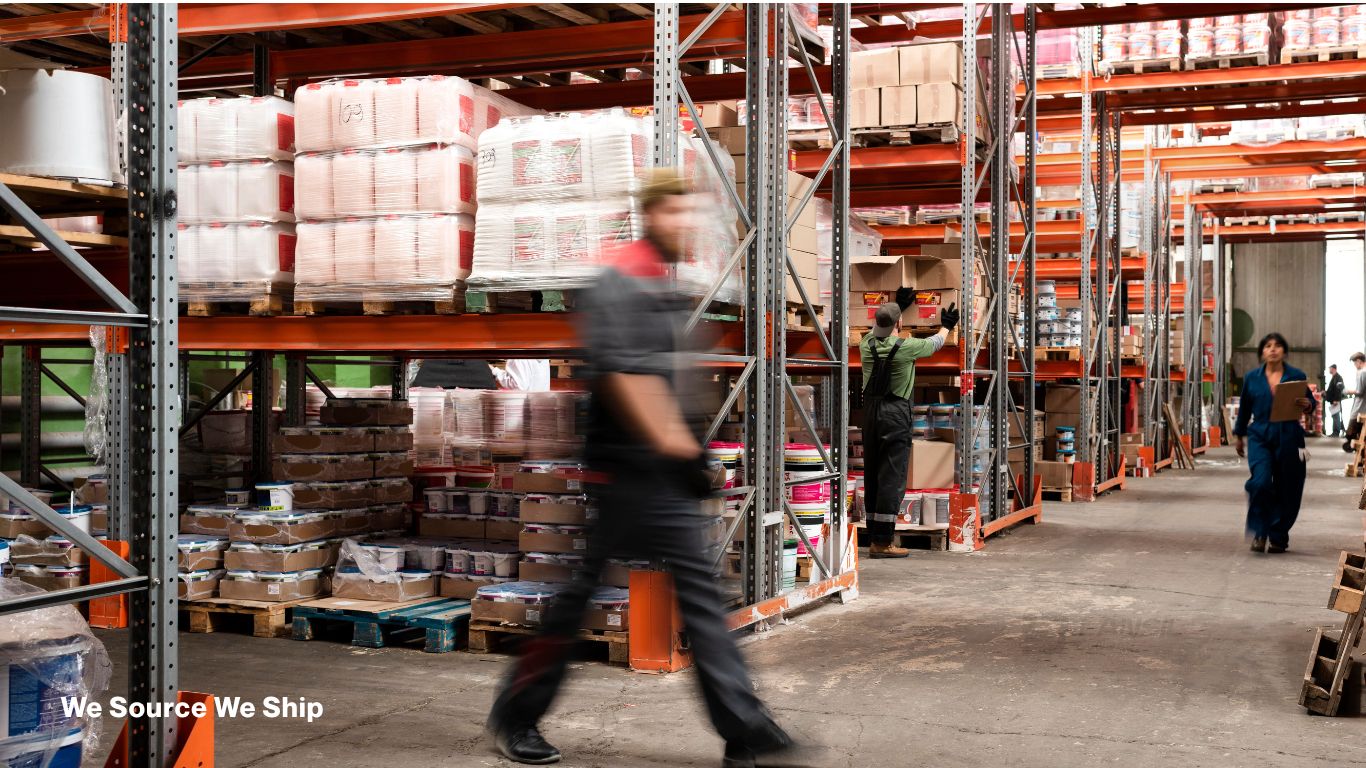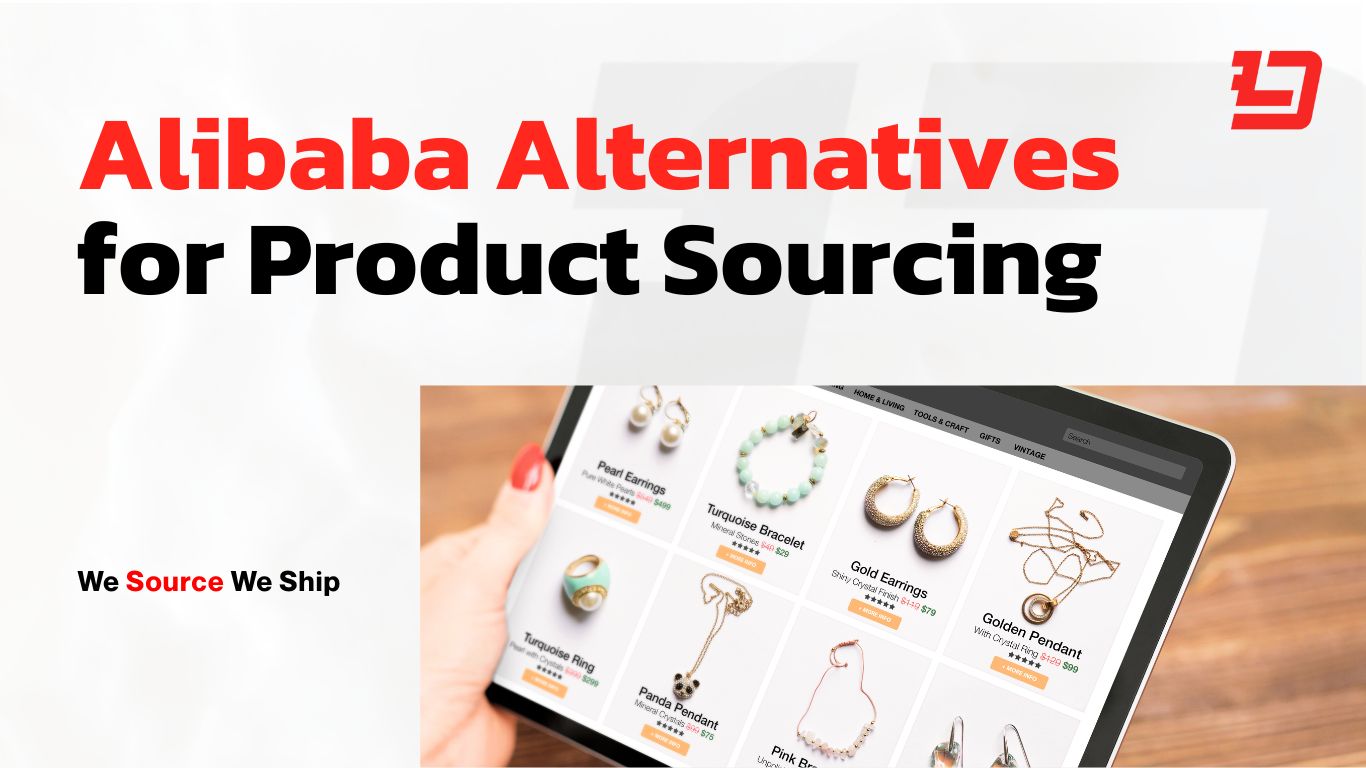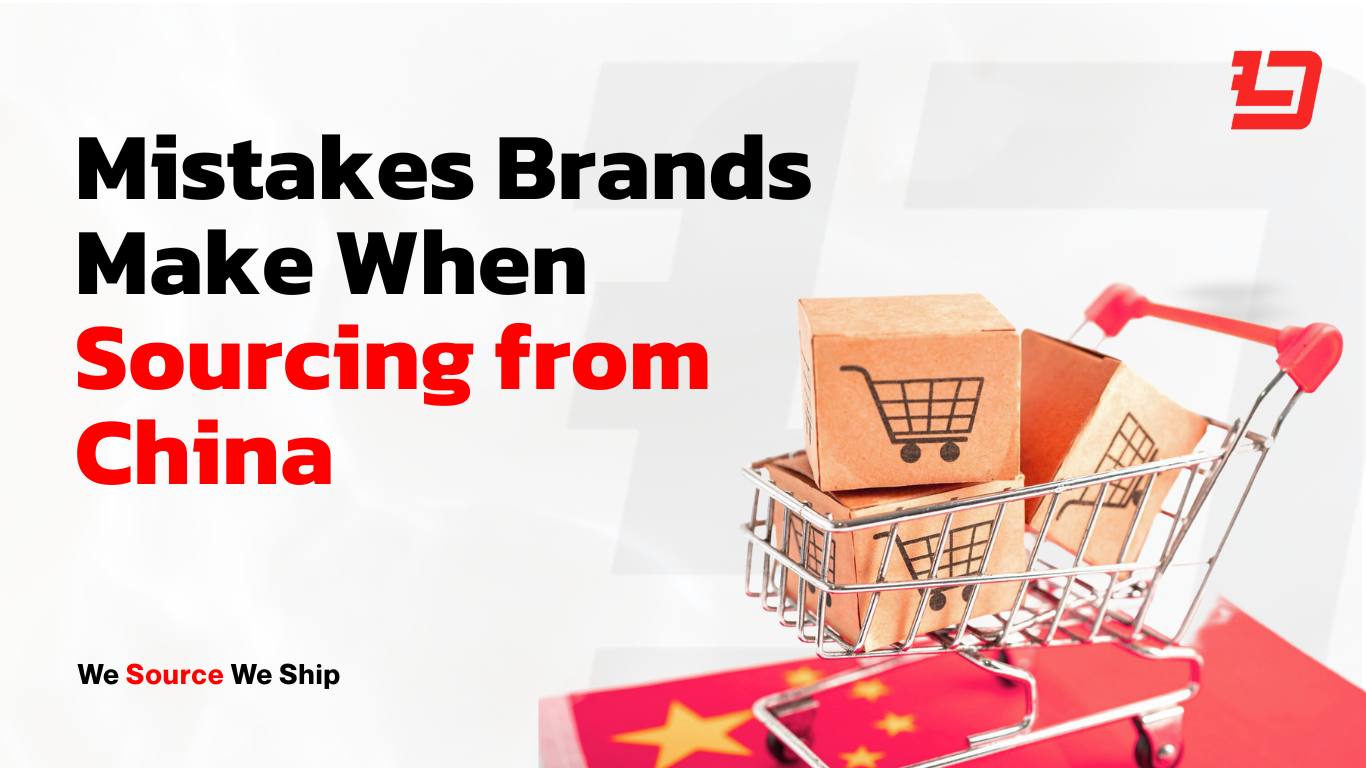You already have customers in the United States. Sales are steady. The product works. But if every order still ships from overseas, you’re paying more, moving slower, and creating extra support work that drains your time and profit.
Here’s why a local setup matters: 21% of shoppers abandon their cart because delivery is too slow. That means speed directly affects revenue. Typical cross-border shipping times from China to the U.S. are 8 to 10 days by air and 30 to 40 days by ocean, according to global freight data from Freightos. These timelines make fast delivery nearly impossible if you’re shipping each order internationally.
The U.S. market is huge. About 288 million people in the United States shop online in 2025, making it one of the largest and most competitive ecommerce markets in the world. If you can deliver faster and more reliably, you’ll win repeat customers and higher margins.
Lansil Global has helped hundreds of ecommerce brands scale across the U.S. market. We’ve seen every challenge and every shortcut. Use this guide to build a U.S. fulfillment setup that’s fast, reliable, and built to grow.
Why Switch to U.S. Fulfillment
- Faster delivery means more sales. Most buyers expect delivery within a few days. Local stock unlocks 2 to 4 day shipping for most orders.
- Lower cost per order. Shipping one parcel from overseas is expensive. Bulk import by ocean and local delivery cut unit cost.
- Fewer support tickets. Local tracking is cleaner. Returns are simple. Customers get answers faster.
- Better brand control. You can use branded packaging, inserts, and bundles. That builds trust and repeat orders.
How the China to U.S. setup works
- Stage at origin. After production, send cartons to a China hub for receiving, light quality checks, labels, and right size packing.
- Bulk ship to the U.S. Use ocean for replenishment and air for urgent items. Import once, then store in one or two U.S. warehouses.
- Sync orders. Connect Shopify, Amazon, or your OMS. Orders flow to the closest warehouse.
- Pick, pack, and ship. The team picks items, adds inserts, and ships with USPS, UPS, or FedEx. Customers get tracking and quick delivery.
- Handle returns locally. Returns go to the U.S. warehouse. Items are checked and restocked or processed per your policy.
What It Costs and How Fast It Ships
Think of fulfillment in four main cost buckets. This structure helps you plan accurately and protect margins:
| Cost Category | What It Includes | Typical Range / Notes |
|---|---|---|
| Origin | Pickup from factory, packaging, export prep, and documentation | Varies by factory location and volume |
| Linehaul | Air or ocean freight from China to the U.S. | Air: 5–10 days at around $4–$5 per kg; Ocean: 30–40 days at about $2,000 per 40-ft container |
| Destination | Customs, drayage, port handling, and inbound receiving | Based on port and warehouse distance |
| Last Mile | Storage, pick and pack, packaging, courier delivery, and returns | Typical U.S. delivery in 2–4 days via UPS, USPS, or FedEx |
Speed Benchmarks:
- A single central warehouse can reach most U.S. addresses in 3–4 days.
- Dual-coast locations (East + West) shorten zones and bring many orders down to 2 days or less
Setup checklist
- Pick the right 3PL. Choose a provider with real U.S. warehouses, strong carrier links, and live support. Ask for a simple process map from factory to final mile.
- Plan inventory by SKU. Fly only what is urgent. Move base stock by ocean. Keep a rolling plan so you refill before you run out.
- Connect the tech. Your 3PL should offer native integrations, real time inventory, order routing rules, and clean tracking data.
- Make returns easy. Offer a clear policy, local labels, and fast refunds or exchanges. It reduces churn and bad reviews.
- Ask for transparent pricing. Quotes should list origin, linehaul, destination, storage, pick and pack, packaging, and any extras. You should be able to see landed cost per unit.
Choosing a U.S. warehouse location
- One site works if most buyers are in one region or if SKUs are small and light.
- Two sites on each coast cut zones and speed up delivery nationwide.
- Add a third only when volume and coverage make the math work.
Tip: Use your order heat map to pick locations. Start simple, then expand when the numbers say so.
Common pitfalls to avoid
- Shipping everything by air. It looks fast, but it hurts margin. Use air for launches and stockouts only.
- Over promising delivery. Set a promise you can always meet. Missing it costs more than an honest date.
- Weak packaging. Poor cartons increase damage and returns. Right size boxes and protect fragile items at source.
- No returns plan. Returns will happen. Local processing turns a cost into a chance to win the customer again.
- Messy data. Bad HS codes or values slow customs. Keep data clean from factory to final mile.
A simple 30 day plan to switch to U.S. fulfillment
Week 1: Plan and quote
Share SKUs, carton sizes, weights, weekly order volume, and target delivery times with your 3PL. Get a clear quote that breaks out origin, linehaul, destination, storage, pick and pack, and returns. Approve the warehouse locations and intake rules.
Week 2: Prep and connect
Align labels, barcodes, and packaging. Set up store integrations for Shopify, Amazon, or your OMS. Create order routing rules and test a few orders in a safe test mode. Book space for your first ocean load and, if needed, a small air top up.
Week 3: Ship and receive
Move base stock by ocean. Fly a small batch to seed the warehouse. Receive, count, and shelf the first inventory. Run live test orders to check pick accuracy and tracking.
Week 4: Go live and tune
Route all U.S. orders to the warehouse. Monitor delivery time, damage rate, cost per order, and ticket volume. Adjust packaging, service levels, and stock levels based on the first two weeks of data.
FAQs
A U.S. 3PL fulfillment center stores inventory, picks and packs orders, and ships them to U.S. customers — reducing shipping times from weeks to days.
Most U.S. orders deliver in 2–4 days. Dual-coast warehousing shortens that further, covering 95% of addresses quickly
You’ll cut costs per order, speed up delivery, simplify returns, and offer branded packaging, all while improving the customer experience.
Pricing varies by product size, order volume, and storage. Typical costs include storage, pick and pack, packaging, and courier fee
Select a provider with verified U.S. warehouse locations, transparent pricing, native Shopify/Amazon integration, and experience handling China-to-U.S. fulfillment.
How Lansil Global Simplifies U.S. Fulfillment
Lansil Global helps ecommerce brands scale in the U.S.with local fulfillment that cuts cost, speeds up delivery, and keeps operations clean. Our team moves your inventory from factory to our U.S. network, then ships orders fast with full tracking and easy returns with our warehouse network.
Pennsylvania (East Coast)
Reaches the Northeast and Midwest with 2 to 4 day delivery. Close to major ports, Amazon FCs, and parcel hubs. Strong choice for FBA prep, wholesale, and returns processing.
Nevada (West Coast)
Covers the West quickly and reduces container drayage from Asia. Ideal for high volume DTC brands and product launches.
Lansil Global turns this into a complete solution. With end-to-end support from your factory in China to our U.S. warehouses, you get one connected plan that protects your margins and improves service quality. Import in bulk, store inventory where it makes the most sense, and let Lansil Global handle nationwide fulfillment. One inbound shipment. Fast domestic delivery. Happier customers.
Contact us to explore a U.S. setup that fits your brand.








